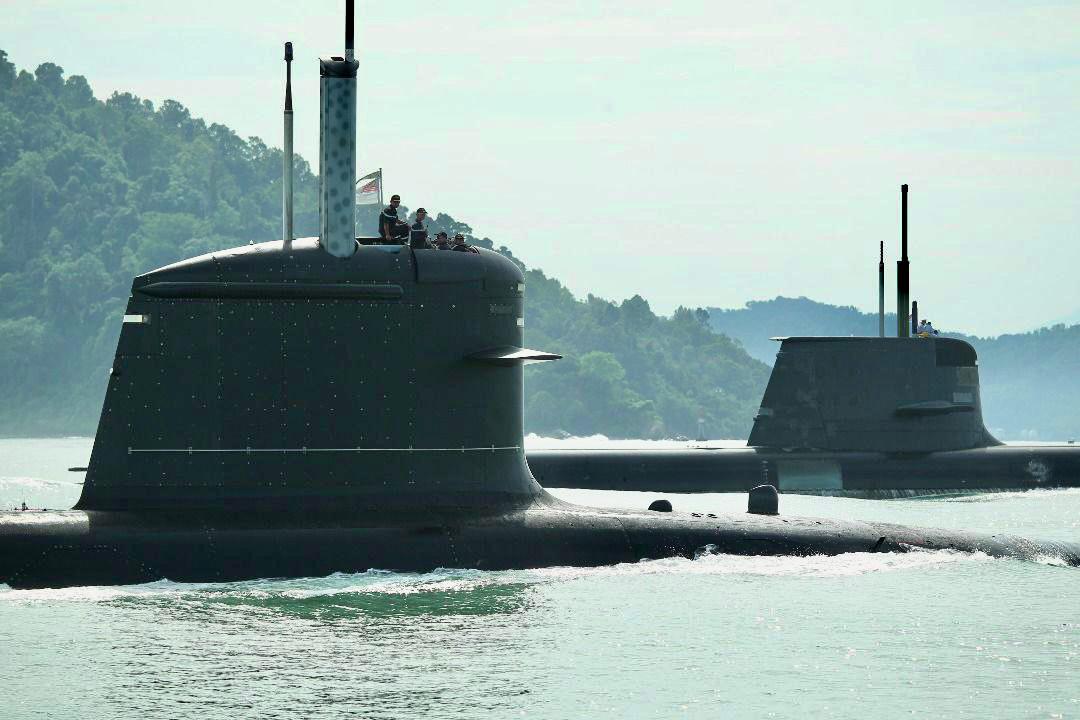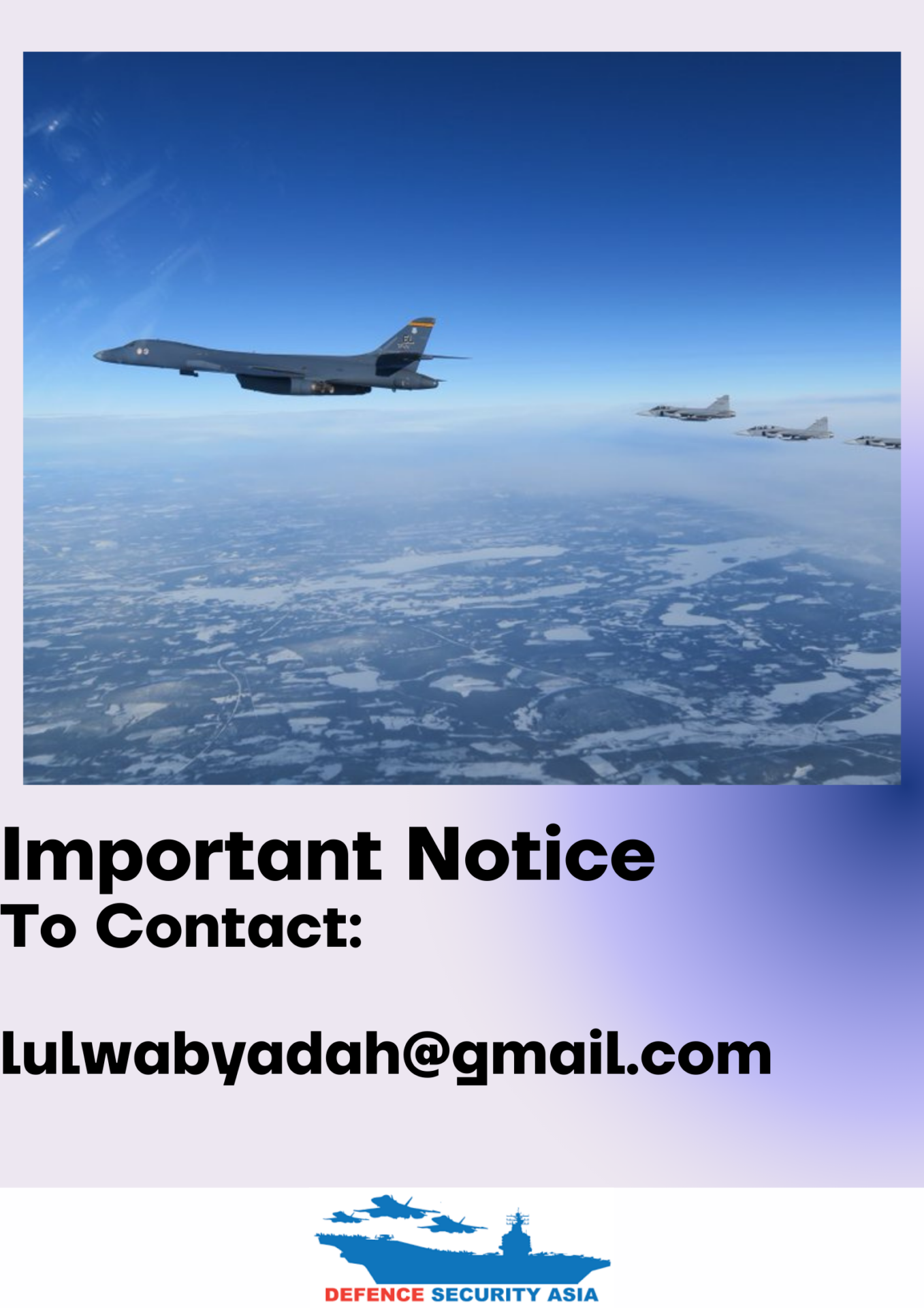Australia’s Collins-Class Submarines Face Serious Corrosion Issues
Officials from ASC (formerly known as the Australian Submarine Corporation) have confirmed that three of the six submarines are currently docked for urgent maintenance, leaving only three Collins-class submarines operational at this time.
(DEFENCE SECURITY ASIA) — Three of Australia’s six Collins-class submarines will be out of commission for the entire year due to severe corrosion issues detected on the vessels.
Officials from ASC, formerly known as the Australian Submarine Corporation, have confirmed that these three submarines are currently docked for urgent maintenance, leaving only three operational submarines of the Collins class available at this time.
Stuart Whiley, the Chief Executive Officer of ASC, reported to the Senate that engineers discovered significant corrosion damage on the Collins-class submarine, HMAS Sheean, during its maintenance at the Osborne Naval Shipyard.
As a result of this finding, the affected submarine will undergo maintenance until the end of the year.
“The delay in submarine maintenance is due to efforts to preserve the submarine’s hull from various issues and problems,” he added, noting the challenges of repairing the corrosion in hard-to-access areas.
During maintenance of the HMAS Sheean in Osborne, similar corrosion issues were also found on another submarine, HMAS Farncomb, docked at the Henderson shipyard in Western Australia.

“There were levels of rust on the HMAS Farncomb that we have not seen before,” stated an official.
Concurrently, another submarine, HMAS Rankin, is undergoing maintenance at Osborne, marking the first time since 2012 that three Collins-class submarines have been unavailable simultaneously.
Australia plans to continue using the Collins-class submarines until the mid-2030s before gradually replacing them with used Virginia-class nuclear-powered submarines obtained from the United States under the AUKUS (Australia, United Kingdom, United States) military agreement.
In defense of the nuclear submarine procurement program under AUKUS, the Chief of the Australian Defence Force, General Angus Campbell, described the Collins-class submarines as “the worst submarines on the planet.”
He made these remarks in a fiery speech to counter domestic criticism of Australia’s decision to acquire three used Virginia-class nuclear-powered submarines.
In addition to acquiring used nuclear-powered submarines from the United States, Australia will also construct nuclear-powered submarines using British technology.

“Enter the arena, get started, because we are going to deliver nuclear-powered submarine capabilities to this country (Australia), and it is an incredibly exciting program,” he declared.
General Campbell has often refuted claims that major Australian projects would fail, instead pointing out successful outcomes contrary to predictions.
“I ask you all to look back at where Australians have doubted themselves and said the Sydney Harbour Bridge would fall into the sea, the Sydney Opera House would not become the greatest opera house in the world, and the Snowy Mountains Hydro Scheme would fail. The Collins-class submarines – they are the worst submarines on the planet,” said Angus.
Critics of Australia’s decision to acquire nuclear-powered submarines under AUKUS argue that the program is excessively costly, with an overall expenditure of US$243 billion (RM1.1 trillion), and the country will have to wait until 2032 before receiving the three used nuclear-powered submarines from the United States.

Since 1996, the Australian Navy has operated six diesel-electric Collins-class submarines based at Fleet Base West in Western Australia.
These submarines, weighing 3,100 tons surfaced and 3,400 tons submerged, are capable of operating up to 11,500 nautical miles surfaced, 9,000 nautical miles snorting, and diving up to a depth of 400 meters below the surface.
With a speed of 20 knots, the Collins-class submarines are equipped with Harpoon Block 1B missiles and torpedoes.
Last year, after signing a security agreement with the United States and the United Kingdom (AUKUS), Australia announced it would acquire five nuclear-powered submarines from the United States around the 2030s.
Three of these will be of the Virginia class, while the classes of the other two submarines have not yet been determined. — DSA


Comments are closed.